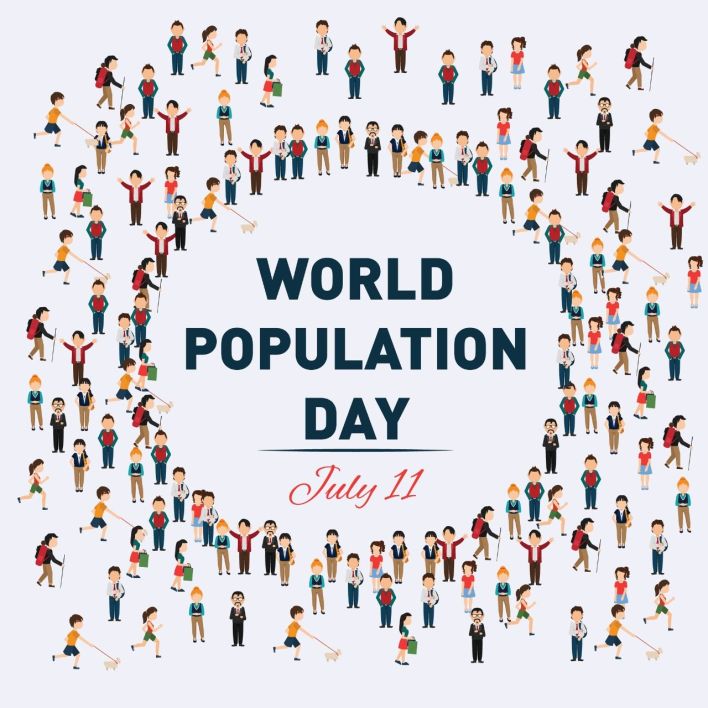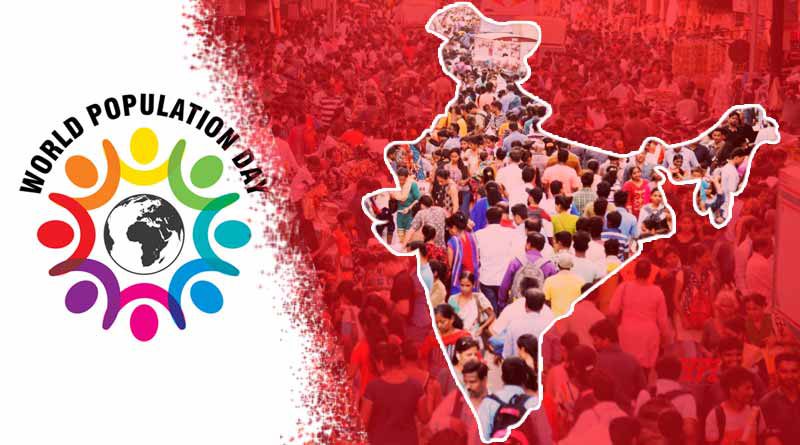World Population Day: India is expected to surpass China as the most populous country in 2023
World Population Day established by the then-Governing Council of the United Nations Development Programme in 1989 was first observed on 11 July 1987. It was observed to pay attention to the urgency and importance of population issues including relations to the environment and development. On this day, the UN Population Division collaborates closely with the agencies, funds, programmes and bodies of the United Nations system to take decisions about population estimates and projections, and information and analyses on population and development issues. However, the UN states that India is expected to surpass China as the most populous country in 2023.
The World Population

As per the World Population Prospects 2022, the global population is estimated to reach eight billion on November 15, 2022. It also states that the global population is growing at its slowest rate since 1950, having fallen under one per cent in 2020. As per the UN’s recent projections, it is suggested that the world’s population could grow to around 8.5 billion in 2030 and 9.7 billion in 2050. During the 2080’s it is projected to reach a peak of around 10.4 billion people and will remain constant until 2100.
India’s Population
According to the 27th edition of the United Nations’ World Population Prospects, 2022, India is projected to surpass China as the world’s most populous country in 2023. The UN has said: ” In India, where National Family Health Survey 5 released last year found that India attained a Total Fertility Rate (TFR) of 2.0 for the first time, less than the replacement level of 2.1, and falling from a TFR of 2.2 in NFHS 4. Increased use of contraceptive methods, spacing of pregnancies, access to health care and an impetus provided to family planning contributed to the decrease, including increasing wealth and education.
While fertility rates have been declining, so have mortality rates with increased access to healthcare and advances in medicine. Worldwide, persons aged 65 years or over, outnumbered children under 5 years for the first time in 2018. This reduction of premature mortality for successive generations, reflected in increased levels of life expectancy at birth, has been a driver of population growth”

The report also states that “Following a drop in mortality, population growth continues so long as fertility remains at high levels. When fertility begins to fall, the annual rate of growth starts to drop,”
Poonam Muttreja, Executive Director, Population Foundation of India states that ” If taken a look at over the last 50 years, India’s growth rate stood at 2.3 per cent in 1972, which has dropped down to less than 1 per cent now. In this period, the number of children each Indian woman has during her lifetime has come down from about 5.4 to less than 2.1 now. This means that we have attained the Replacement Fertility Rate, at which a population exactly replaces itself from one generation to the next. Usage of modern contraceptives is rising across the country and the desired fertility rate for all communities in India is less than 2”
One of the major reasons behind the increase in population is migration. An estimated net outflow of 3.5 million emigrants between 2010 and 2021 has been recorded in India.
The government of India needs to play a major role and investing in health education and creating economic opportunities for young people. Read more of such news in our Quick Reads Section. Liked this post? Don’t forget to check out our other short stories in our Quick Reads section

